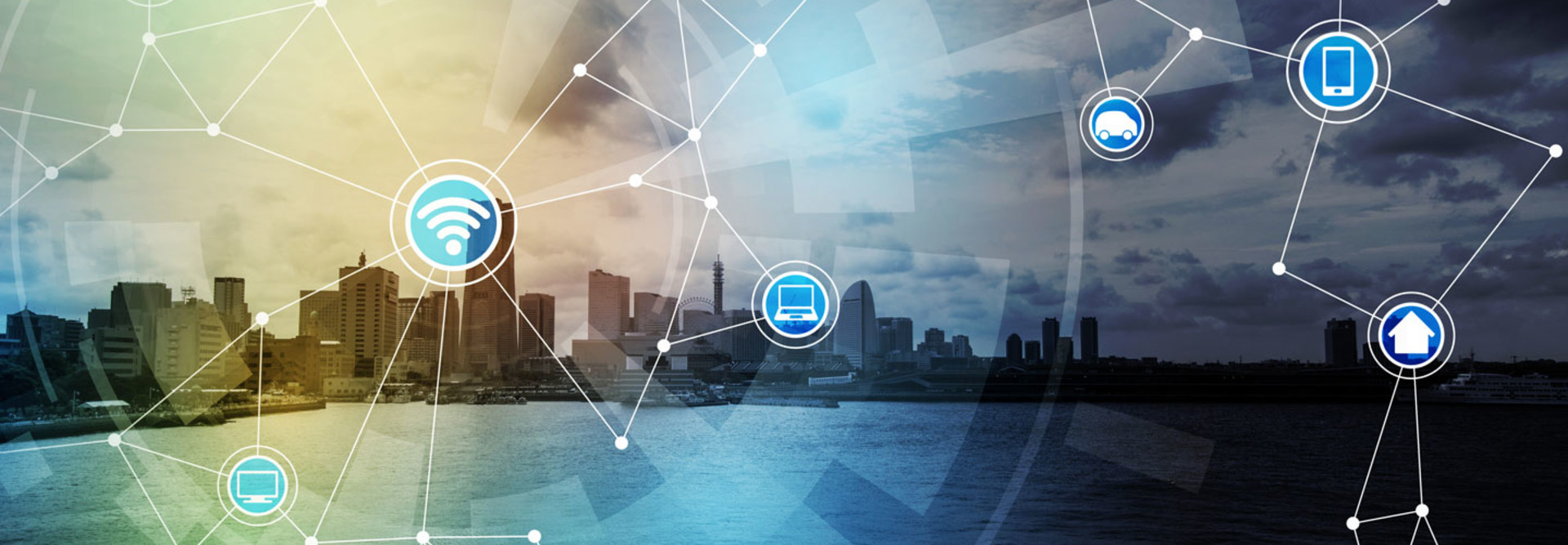State and Local Governments Must Drive Innovation in the New Connected World
Technology permeates practically every facet of our lives, changing how we work, learn, play and interact with government. That’s nothing new. Throughout history, however, technology has steadily transformed society.
In today’s digital world, always-on mobile devices and broadband make it easier to connect with each other. And through emerging Internet of Things (IoT) implementations, our networks have grown. We’re connecting to everything, from home appliances to wearables, and the powerful data generated by the ongoing evolution creates endless possibilities for improving our quality of life.
Predictive analytics allows law enforcement to place police officers in the neighborhoods where they are most needed to prevent crime. Real-time monitoring of heating, cooling and lighting in government buildings can improve energy efficiency and reduce our environmental footprint. Sensors and smartphone apps track road conditions to provide updated traffic information to ease our commutes and enhance safety. And beacons deployed in public attractions can help spur tourism.
IoT technology drives smart cities and, down the line, smart states too. A recent report from NASCIO shows that more than half of states are exploring IoT through informal discussions, while 18 percent have advanced to formal discussion of applications, data collection and security.
With the market for IoT on the verge of exploding, states also are on the hunt for easier ways to improve services in a connected world. Take voting: Most of us today can now register to vote, learn about candidates, engage with our communities and cast our ballots in far different ways than when we first came of legal voting age. Technology expedites the work that goes on at polling places and makes voting more convenient for citizens.
“It’s about the voter,” Navajo County (Ariz.) Recorder Laura Sanchez says. “We’re all doing what we need to be doing to make sure their voices are heard.”
As the digital revolution progresses, no one can say with certainty what’s next, but chances are great that continued innovation will harbor an even brighter future.









